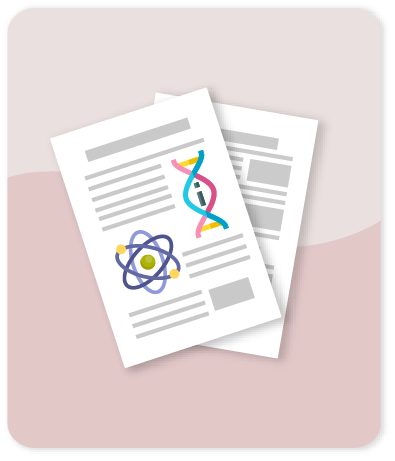Adsorption of nitrogen-based gases on different layers of blue phosphorene oxides

Compartir este ítem
Fecha
2021Autor
Zuluaga-Hernandez E.A
Mora-Ramos M.E
Flórez E
Correa J.D.
Citación
Metadatos
Mostrar el registro completo del ítemResumen
Some nitrogen-based gases (NO, NO 2, NH 3 and N 2O) generate from the burning of fossil fuels and biomass, as well as from agricultural-related processes. They are directly related to both the deterioration of environment and human health. Research on two-dimensional materials as cores for sensing these types of harmful gases has attracted great interest; motivated by the fact that the interaction with those gases produces changes in their structural, electronic, magnetic and optical properties. In this work, investigation on the adsorption of those gases onto different blue phosphorene oxide species was carried out with the use of density functional theory, including Van der Waals interaction through KBM exchange-correlation functional. In the calculation, different positions and modes of molecule adsorption on the oxides were taken into account. The results obtained show that the interaction varies with both the nature of the molecule chemical composition and the oxide structure, resulting in different values of charge transfer, and leading to greater or lesser values of the adsorption energy of the gases. In some cases, spin polarization was observed, producing noticeable changes in the electronic structure and the optical spectrum of the nanosurfaces for each of the systems. The gases that produce the greatest change are NH 3 and NO, while those with the lowest optoelectronic responses on the different oxides are N 2O and N 2. The changes observed in the electronic structure as well as the short recovery time of gases would confirm the possibility of using these oxides for sensing applications, as it has been verified for other 2D nanomaterials. © 2021, The Author(s), under exclusive licence to Springer Science+Business Media, LLC, part of Springer Nature.
Colecciones
- Indexados Scopus [1632]
